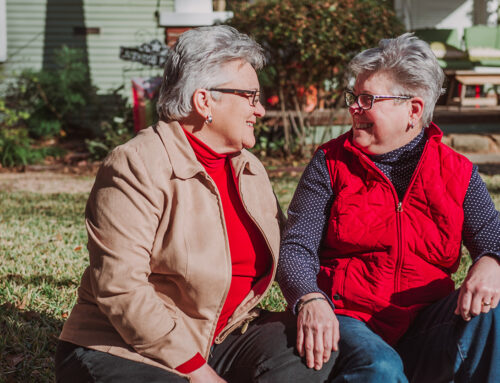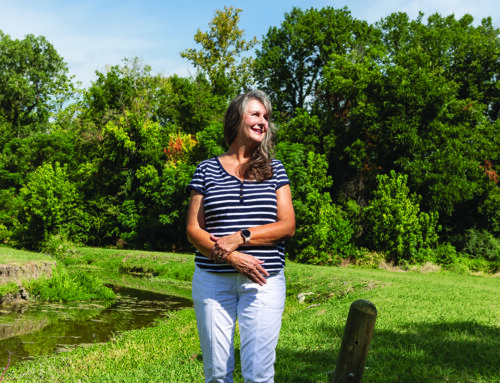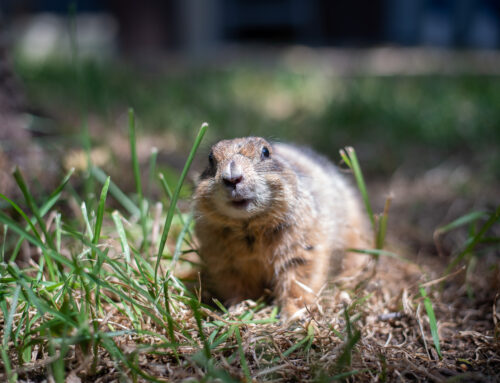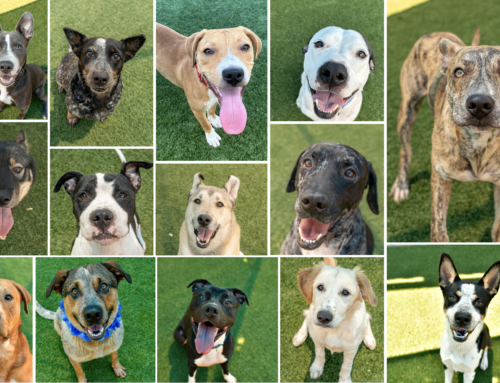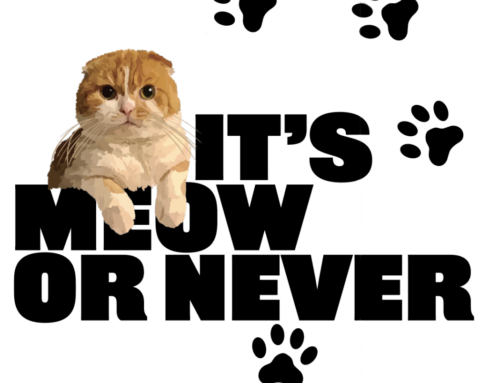A warm Sunday afternoon brings the usual variety of picnickers, volleyball players and kite-fliers to Flagpole Hill for activities to lift the human spirit.
But in one grassy field, attention is focused on dogs running an obstacle course. Here, it seems the dogs are having all the fun.
As owner Linda White points the way, a sleek shiba inu named Aoki jumps over hurdles and up onto a small table. After clearing two more hurdles, Aoki is rewarded with a doggy treat. Wagging his tail, Aoki clearly is ready to try again.
Surrounding the obstacle course are cars, vans, dog cages and folding chairs where other members of the Dallas Agility Training Group have set up camp for the regular weekly practice sessions.
From the variety of hounds in attendance, it seems no dog is too big or too small, too old or too young, too elite or too lowly to enjoy the relatively new sport of canine agility tests.
Here, there is no check of an animal’s pedigree – with the right training and temperament, a Heinz 57 rescued from an animal shelter can be just as successful as a pure-bred border collie, says training director Katie Greer.
“Any dog that has a good knowledge of obedience and that is not lame or aggressive can learn to do this,” Greer says.
“I got started with it in 1990 because it was something my mutt, Annie, could do. Now she’s running at the Master’s Level.”
Greer, like many other members of the group, also has pure-bred dogs that she trains for obedience trials and other contests not available to mixed breeds. Most of the family’s four dogs also participate in agility contests along with Annie.
Dog agility contests started in Great Britain in 1978 when organizers of a dog show were looking for an activity that could entertain the audience between the show’s main trials. The contests came to the United States in the mid-1980s.
The sport was patterned after horse-jumping, and many of the obstacles are similar. A course is designed with 14 to 20 obstacles ranging from hurdles to inclines to teeter-totters to tunnels that a dog must navigate within about a minute, guided only by a handler’s voice commands and gestures. The object is to complete the course as quickly as possible with the fewest number of faults.
Since dogs of different sizes need different sizes of challenges, competition is based on hurdle heights from 12 to 30 inches. Dogs are measured at the shoulder to determine their category.
Handlers come in all sizes, too.
Tim Allami, 10, already is a three-year veteran of the sport. His black and gray sheltie, Ashley, is a Level 4, the highest ranking she can attain.
“My dog likes to do jumps the best,” he says. “I like the jumps, too.”
Allami has become so involved with the sport that his mother, Pam Jarvis, recently let him get a second dog to train.
“This activity has taught Tim responsibility, patience and persistence,” Jarvis says.
But it also gives the dogs a lot.
“These dogs are little athletes, and we’re their coaches,” Greer says. “Our dogs get a lot of exercise and attention, they enjoy family status, they get to go out a lot, and they get to travel to competitions.”
Dog obedience and training classes are required to join the Dallas Agility Training Group. For class information, call Dianne Lentz at 682-9351. You are welcome to watch the dogs practice on Sundays from 1-3 p.m.

